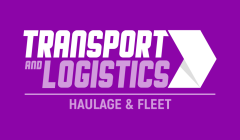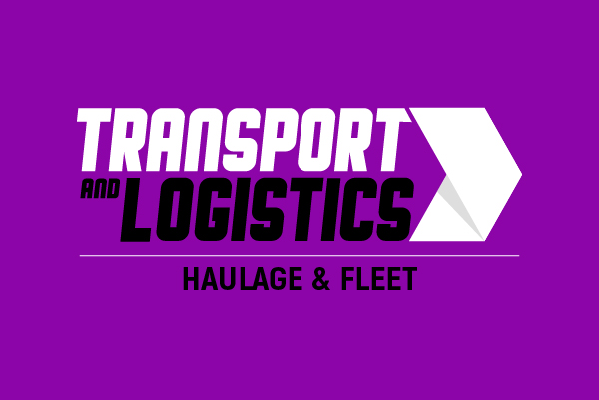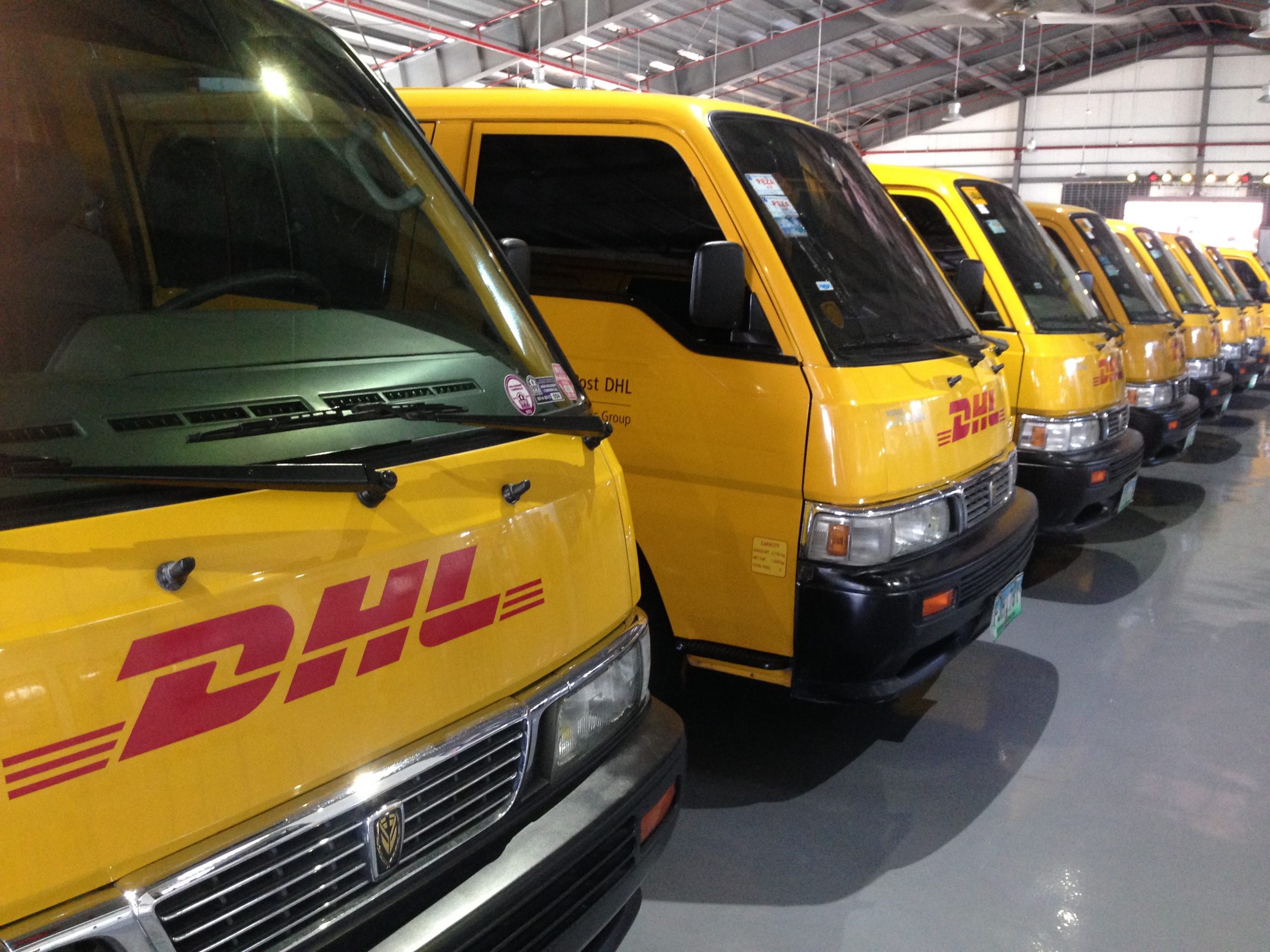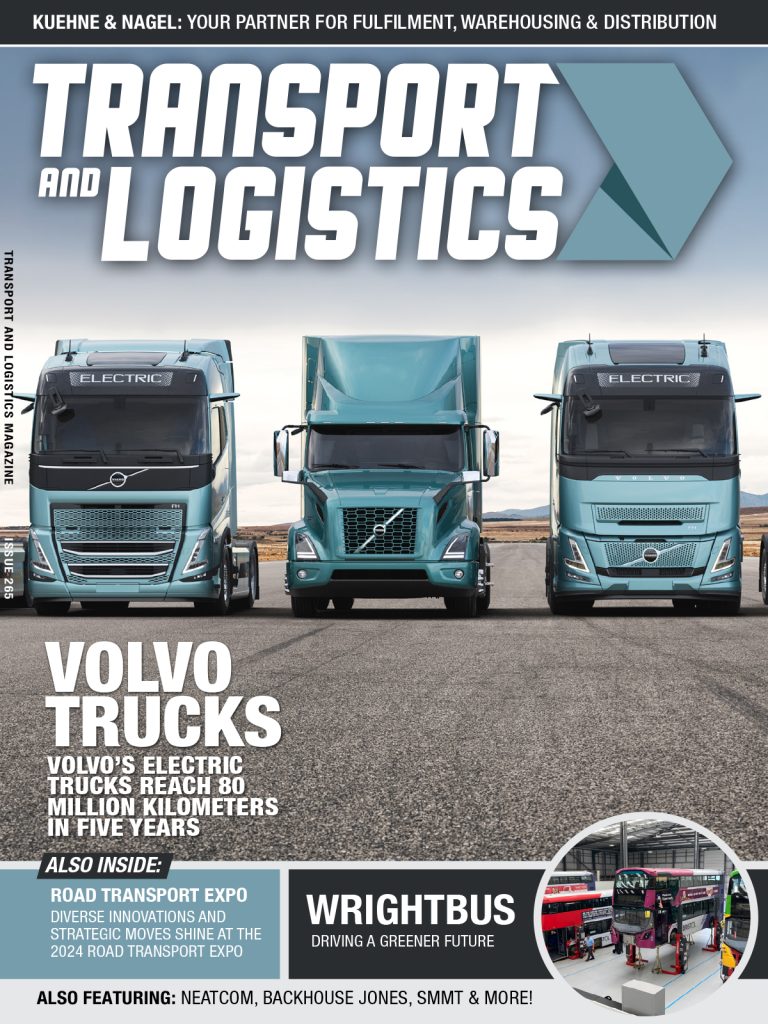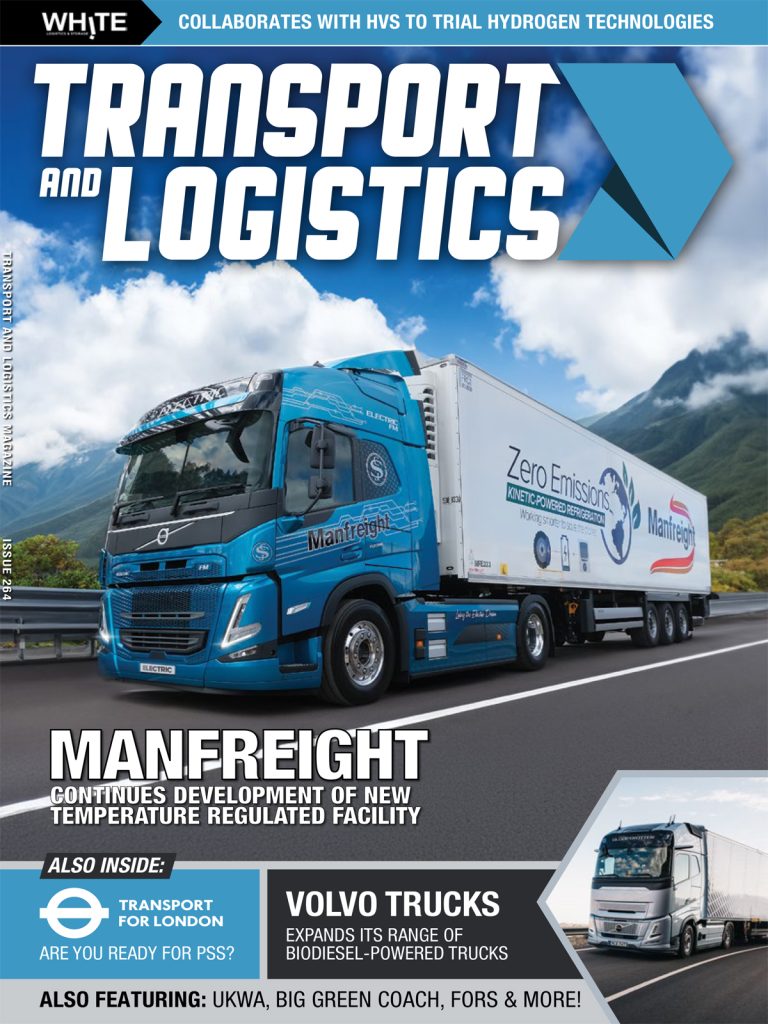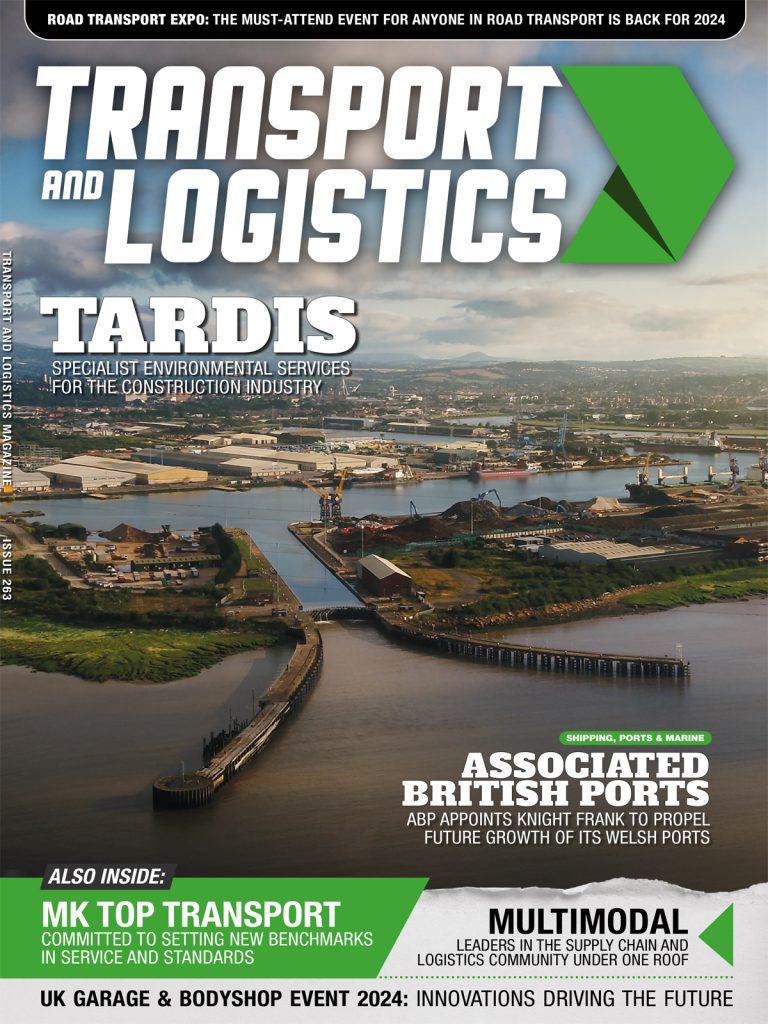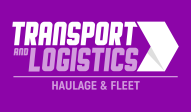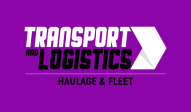DHL launched its third white paper in its Business Collective 1.0 series on July 26, highlighting that it is now necessary for companies to deploy and activate assets they neither own nor control by tapping into the capabilities of business partners.
DHL’s Business Collective 1.0 series stresses that, in an increasingly globalized world, future success for global companies will be determined by their ability to orchestrate ecosystems or ‘business collectives’.
Companies that successfully apply this new ecosystem or business collective model will collaborate to develop shared project goals, and will be fully aligned to integrate these goals up and down the supply chain. DHL believes that these leading businesses that co-invest in one another to fund innovation and measure value across their entire business ecosystem are safeguarding their future success through accelerator benefits, where the whole is greater than the sum of its parts.
Conversely, the white paper argues that companies which persist in adopting an inside-out business approach, informed only by their own internal perceptions and capabilities, run the risk of being left behind by those that have already adopted this more forward-thinking approach.
Damian Pike, vice president, innovation and transformation, DHL Supply Chain, said, “Within the next five years, ecosystem models will thoroughly populate the business world. How they will look is unclear, as no two will be or should be the same: the business collective is not a one-size-fits-all approach. What we do know is they will be highly agile and designed to compete faster, better and cheaper than ever before.
“Taken more broadly, the business strategy of the future follows one of two paths; either focusing on innovation or on cost-cutting. Innovators will focus on new products and new business models like the business collective, enabled by technology and collaboration.
“Cost-cutters will continue to focus on the status quo, but with the only real option to continue with business as usual, seeking ever scarcer ways of doing things better and more efficiently. Early adopters of the ecosystem approach understand this strategy presents further-reaching possibilities in the long-term, providing the means to tap the collective’s intellectual and physical capabilities for new ways of operating. Most business leaders would agree that the innovator path is the only real route to sustainable, long-term growth.”
DHL’s new white paper also reveals that the consensus among future-gazing business leaders is that an organization will be the author of its own success if it can develop and sustain an effective business collective. A by-product of this new way of working is that consumers will no longer be passive recipients of products and services, but will be brought into the ecosystem and assume a role as active collaborators and sources of innovation.
Lisa Harrington, president of The LHarrington Group and author of DHL’s new white paper, said, “More and more, consumers will be brought into the fold as part of the business collective. By giving customers a more active role, businesses will increasingly harvest ‘tribe’ intelligence. One such pioneer is The LEGO Group, which created a portal for customers to submit their ideas, resulting in new products such as Ghostbusters and Minecraft-themed merchandise.
“It’s clear from this and other examples that companies that tap into the resourcefulness of their ecosystems not only discover new points of resonance with their customers, but open themselves up to a universe of opportunity.”
The white paper suggests that companies that have put their ecosystem in place and adopted new behaviors will experience three resulting trends affecting the way they connect, integrate and innovate:
• Increased corporate venturing: here, a larger corporation takes an equity stake in a joint venture with a small but innovative or specialist firm, to gain specific competitive advantage. Good news for upstart innovators, but it also presents challenges.
• Growing structural disparity: as corporate venturing and other new ecosystem relationships grow, the nature of companies partnering in these collectives is changing. Increasingly, large multi-nationals will partner with smaller players such as startups – neither of whom is used to each other’s way of working.
• Emergence of new matchmakers: lastly, corporate venturing and structural disparity are fostering the emergence of a new type of company designed to support ecosystem partnering: the ‘matchmaker’. Matchmaker firms continually scan the world for startup innovators. They connect large companies looking for a particular type of product, service, skill or innovation, with small firms that specialize in them.
